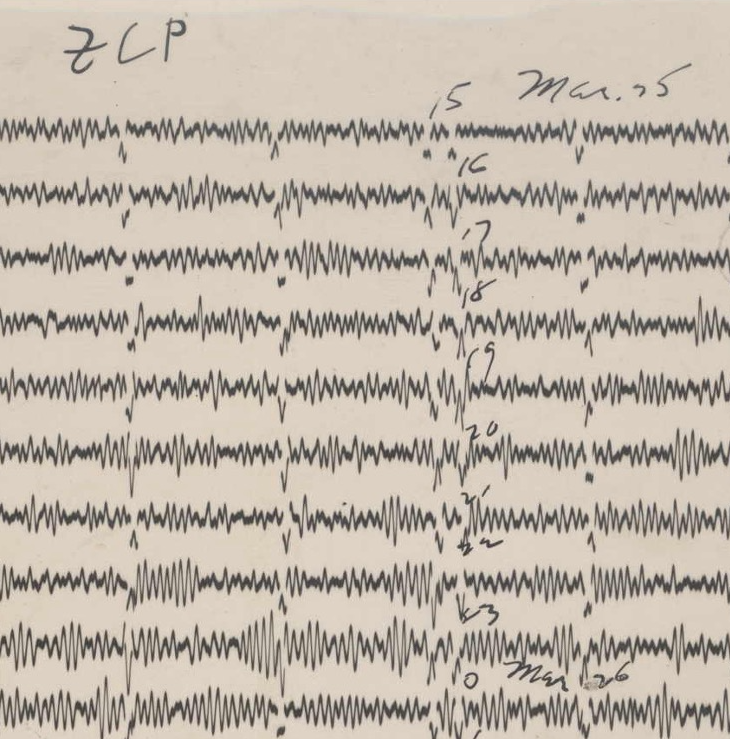
|
Analogue Seismograms
Point of contact: Thomas Lee |
Analogue recordings of ground motion using seismometers began in the late 1800s, and these valuable data still exist today. They are key to understanding past events (e.g., earthquakes, volcanic eruptions, and nuclear explosions) and to document changes the occurred over the last century (e.g., inner-core rotation and global warming). However, in their analogue form, the data cannot be effectively used using modern computational analysis methods that require digital time series. Obtaining the time series requires two steps, first to convert the analogue seismogram into digital image (scanning) and then to convert the digital image to digital time series (digitization).
With collaboration with experts at the Weissman Preservation Center at Harvard University and seismologists around the world, we have scanned and digitized some analogue seismograms and the results can be found through links from this page. We have also developed a tool to extract time series information from digital image, DigitSeis, which is freely available and can be run on Macs or PCs.
Analogue Seismogram Projects
| Examining the Fidelity of Seismic Data Recovered from Mircoformats | ||
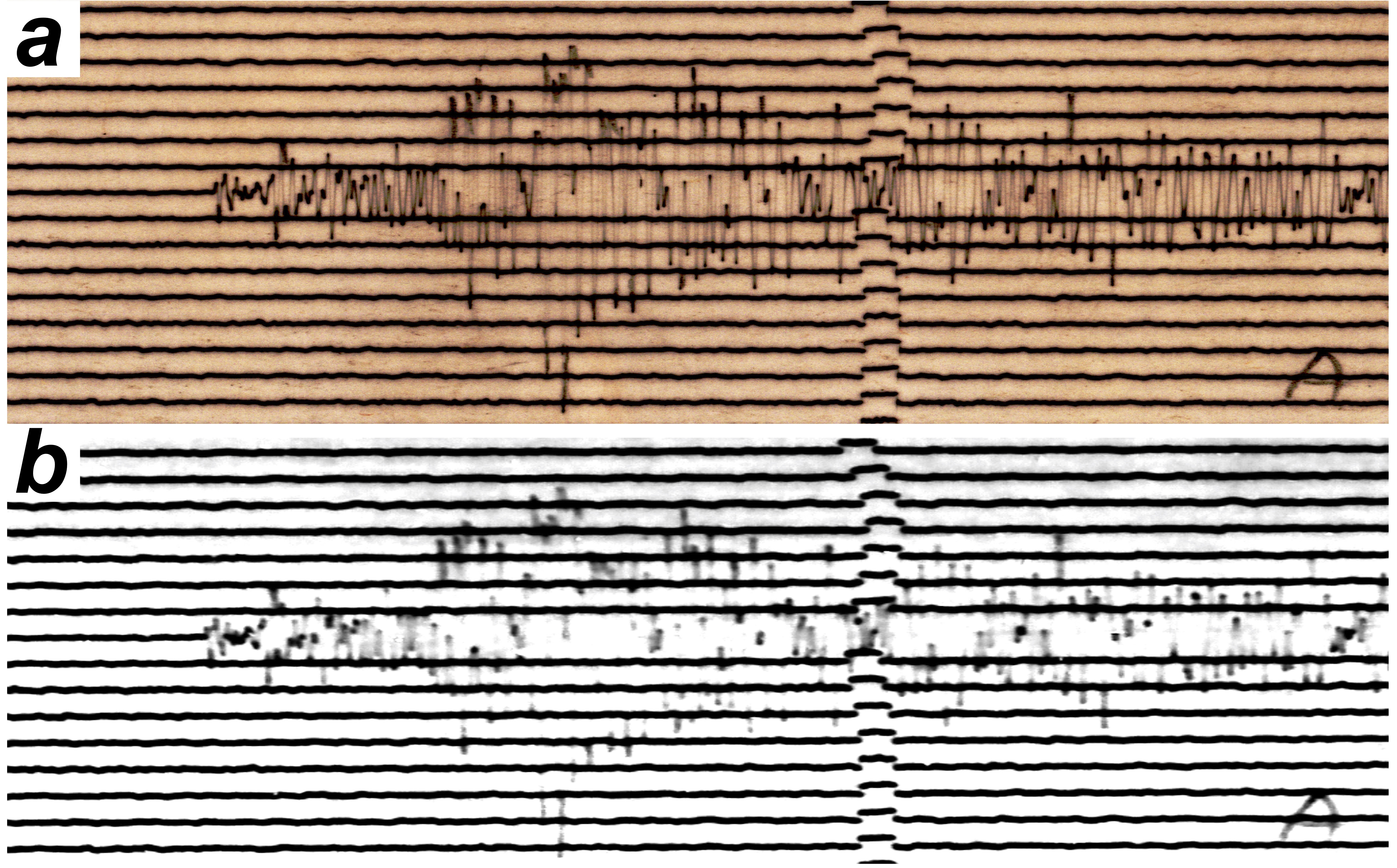
|
During the era of analog seismology, microforms (i.e., microfiche and microfilm) were used for more efficient storage and distribution of seismic data recorded on paper records. Today, where legacy data exists on both original paper and microform media types, it is important to understand how the quality of digital data that can be extracted varies dependent on the type of media on which the data was stored. Best practices for and possible issues with extracting data from microform are examined here. more |
|
| Relative Timing Between Stations with Analog Seismograms | ||
|
Absolute time prior to GPS was difficult to determine. With applications such as relative travel-time measurements and ambient noise tomography, a method for determining relative timing between two stations is developed. more |
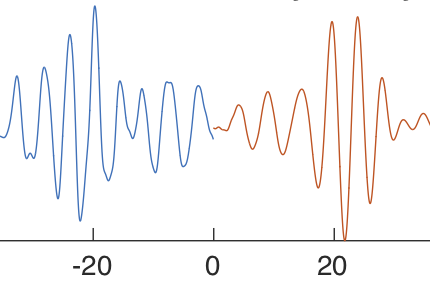
|
|
| Scanning and Digitization of Harvard Seismographic Station Seismograms (1933-1953) | ||
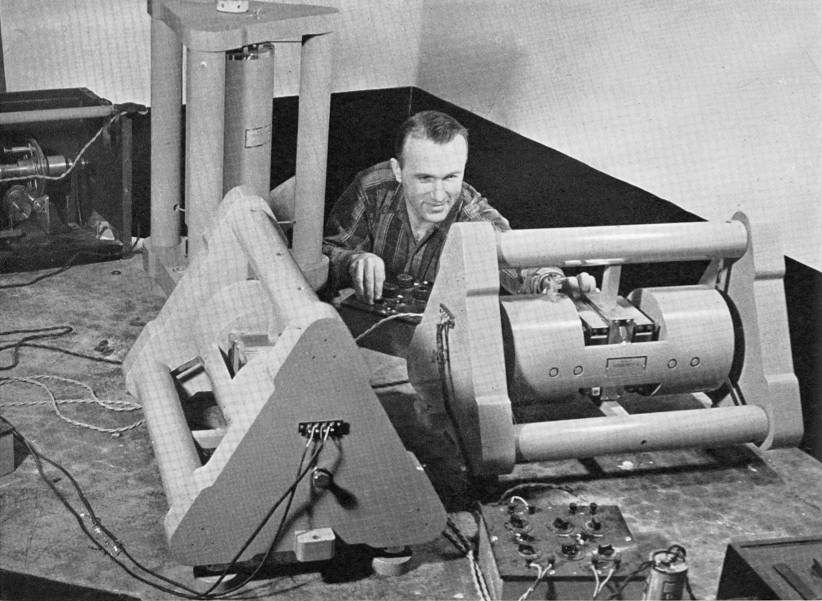
|
Harvard University operated a seismic station at Oak Ridge Observatory (Harvard, MA) between 1933 and 1954 which is now the Harvard Adam Dziewoński Observatory (HRV) contributing real-time data to the Global Seismographic Network. The analogue seismograms on photographic paper have been scanned and the images as well as some of the digitized results are available. more |
|
| Non-Harvard Analogue Seismograms | ||
|
Some analogue seismograms that are not from Harvard Seismographic Station have been scanned and digitized. WWSSN microfiche miscellaneous |
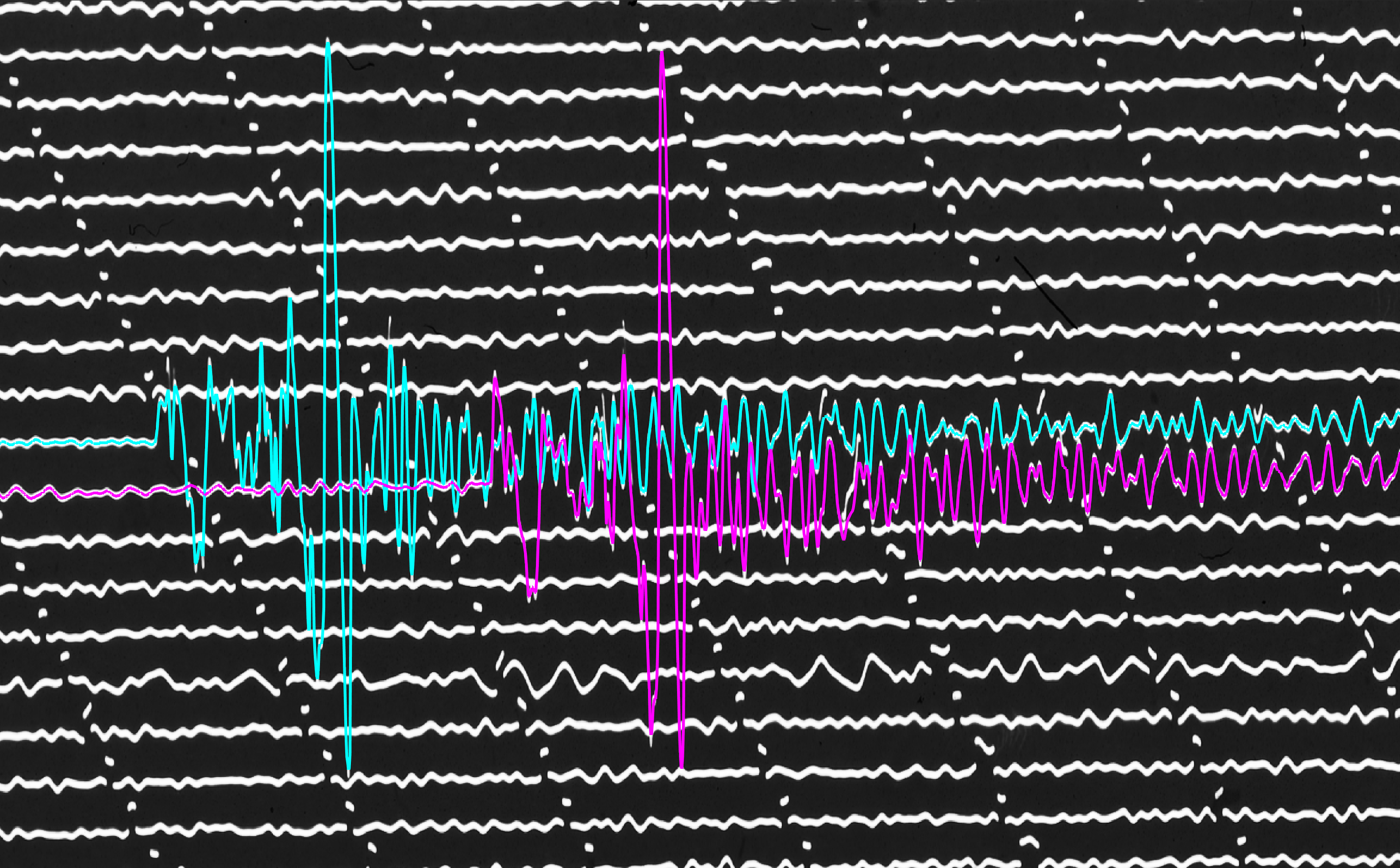
|
|
| DigitSeis: Software for Digitization of Old Analog Seismograms | ||
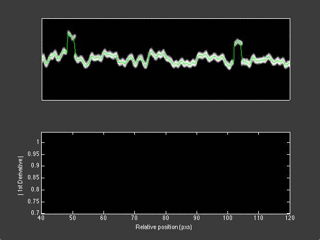
|
DigitSeis is an interactive digitization software written in MATLAB that converts digital, raster images of analog seismograms to readily usable, discretized time series using image processing algorithms. more Related project pages: |
|